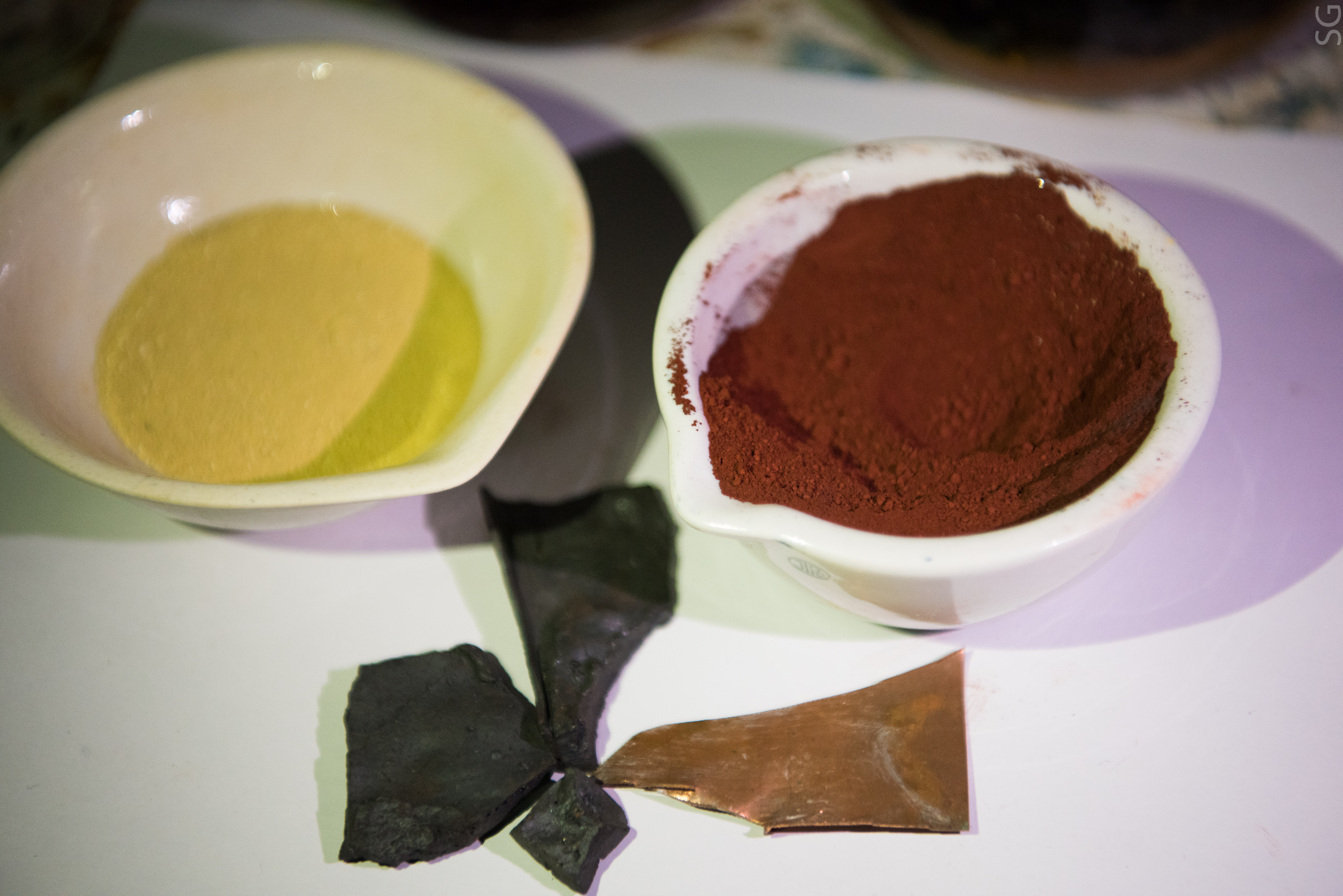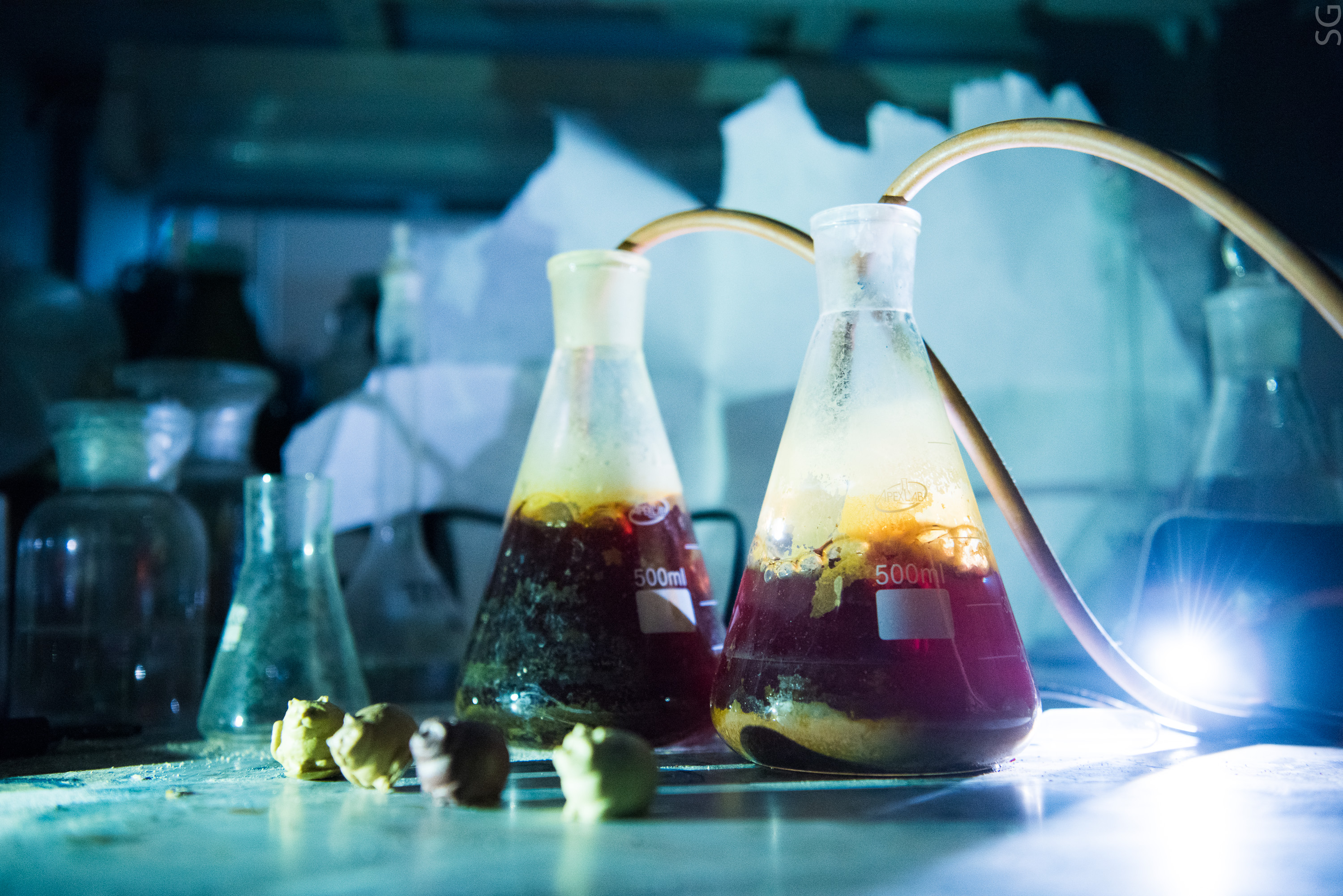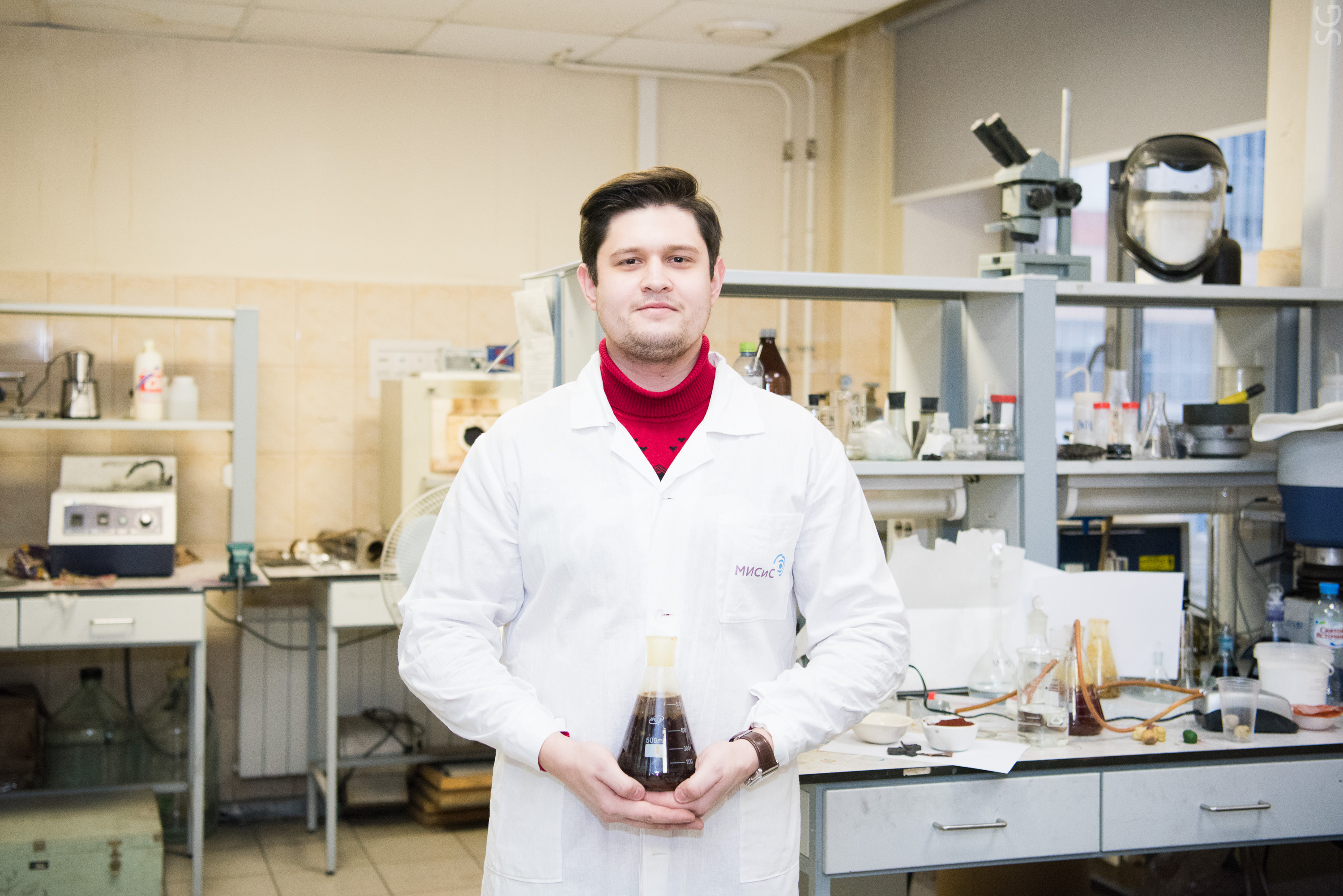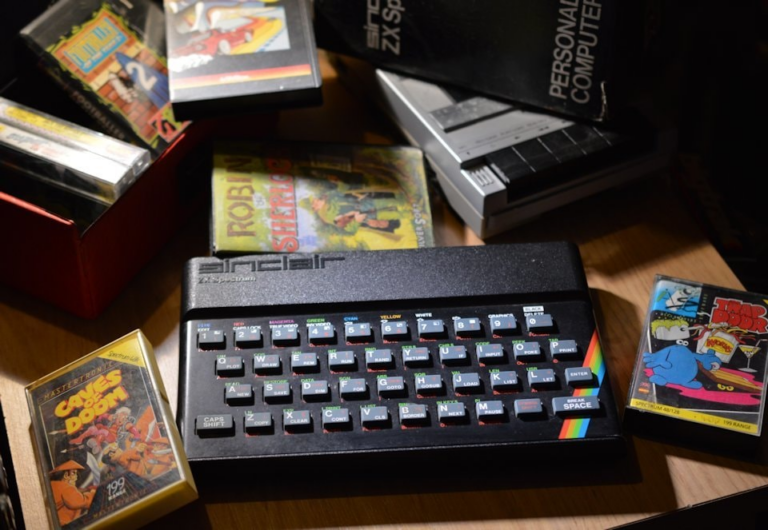About how bacteria feed on iron and get high-quality pigments from man-made dumps

About 6 billion tons of metallurgical and waste products are generated annually in Russia, and only 15% of them are recycled. It turns out that special thionic bacteria can get high-quality pigments from toxic and all interfering dumps, utilizing up to 80% of waste. Moreover, they “feed” on iron. More details here …
The technogenic “garbage” of mining and metallurgical companies in our country does not find application and is sent to dumps and tailings, creating technical, technological, and environmental problems both for the factories themselves and for people living nearby. By the way, and from an economic point of view, it is unprofitable. Metallurgical companies pay 0.5 rubles for the storage of 1 ton of slag per day.

Moreover, most of this “evil” in terms of iron content is often comparable to ore concentrates and, in general, is an abandoned valuable raw material. For example, mill and forge mill scale can contain up to 55-60% of iron. The sacramental question is how to extract useful fragments from tons of waste.
It turns out that you can equip an army of unicellular prokaryotes for this. Young scientists of the Department of Physical Chemistry of NUST “MISiS” together with specialists of the company “NVP Center-ESTAGE” proposed using the natural power of microorganisms and developed a biotechnology for producing high-quality yellow pigment from such industrial wastes for the paint and varnish and cosmetic industries.

Raw material samples and finished pigment powders
The technology is based on the method of so-called bacterial leaching. A special kind of unicellular bacteria – thionic or sulfur bacteria – live due to the fact that they oxidize iron and sulfur in mineral raw materials. They oxidize iron (from Fe2 + to Fe3 +) in technogenic ores, while releasing the energy necessary for the life of these microorganisms.

Acidithiobacillus ferrooxidans in a laboratory environment
“The most commonly used bacteria are Acidithiobacillus ferrooxidans and Acidithiobacillus thiooxidans. Their size is from 0.6 to 1.2 micrometers. These bacteria live in an acidic environment (pH 1.6–2.15) at a temperature of 20–30 ° C, ”says Ivan Kochetov, head of the scientific group, undergraduate of the Department of Physical Chemistry of NUST“ MISiS ”. ¬- As a result of oxidation, non-ferrous metals (harmful impurities) are leached into the solution, technogenic material is disaggregated and enriched with the vital products of bacteria, their metabolites – lipids and organic acids, which improve its plasticity and resistance, which leads to the formation of a new high-quality product – a biopigment with a particle size from 3 to 50 nanometers. “

Ivan Kochetov in the laboratory
The pigment can be used in paint and varnish, cosmetic, automotive, construction and other industries. Biochemical paints based on such a pigment are several times superior in quality to conventional chemical paints. One ton of pigment, according to the research team, costs about 20-22 thousand dollars, while the cost of one liter of bacterial solution is only 0.7 rubles.
“With the help of annealing the yellow pigment (at a temperature of approximately +800 ° C) we will get the same pigment, only red. When red blood salt is added to the bacterial solution (K3[Fe(CN)6]), as a result of a qualitative reaction to iron ions, we received Berlin blue, which after drying will become a blue pigment, ”adds Ivan Kochetov.
Thus, scientists obtained laboratory pigments of three different colors from metallurgical production wastes, having experimentally established that approximately 2.7–3 grams of pigment can be obtained from 1 liter of a bacterial solution.
About 330 thousand liters of solution will be spent on 1 ton of pigment, this is 230 thousand rubles. The total cost of such an industrial pigment lot will be approximately 1 million 300 thousand rubles (about 20 thousand dollars).
Well, what is not of help in times of collapses and devaluations ?:)





